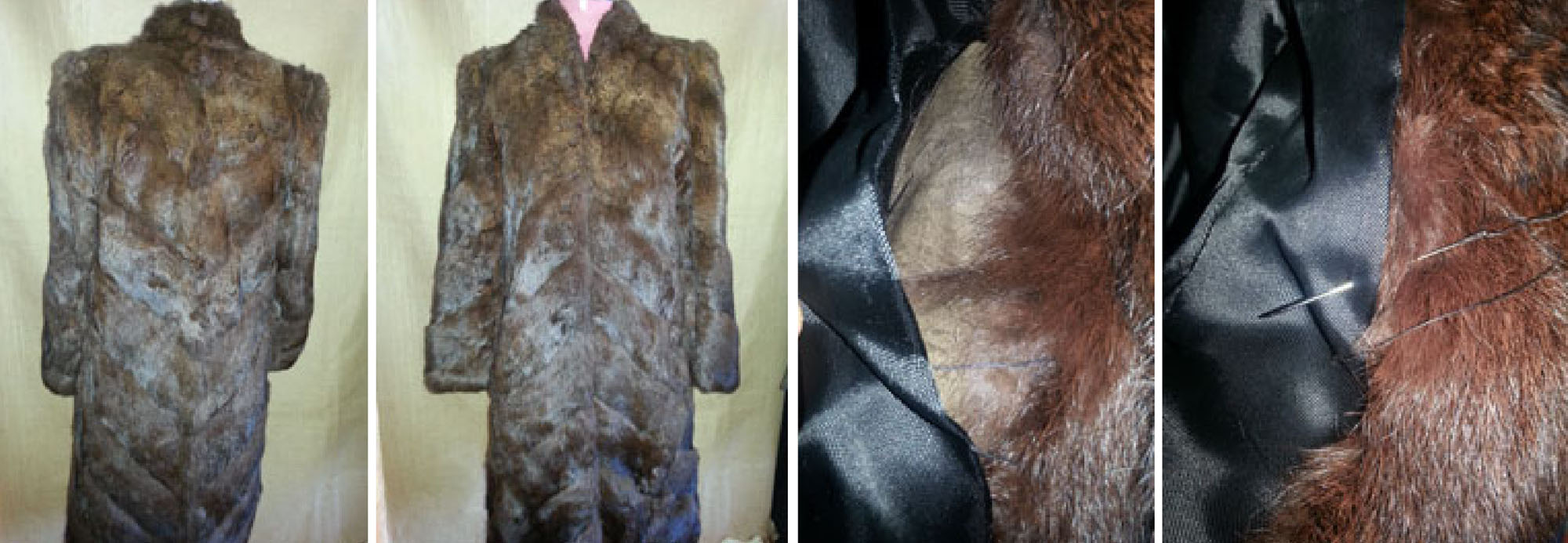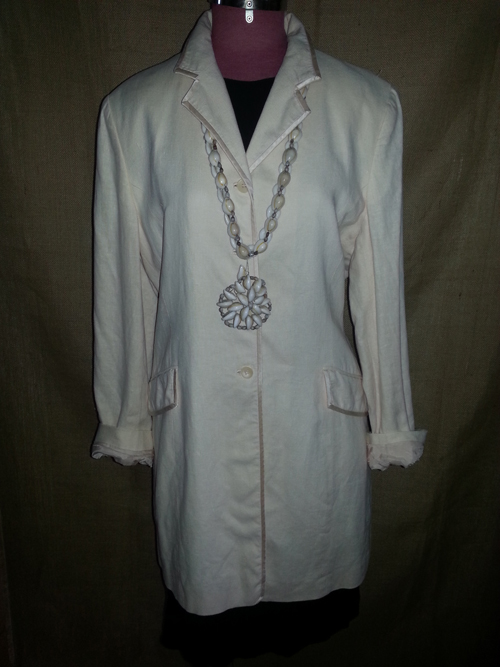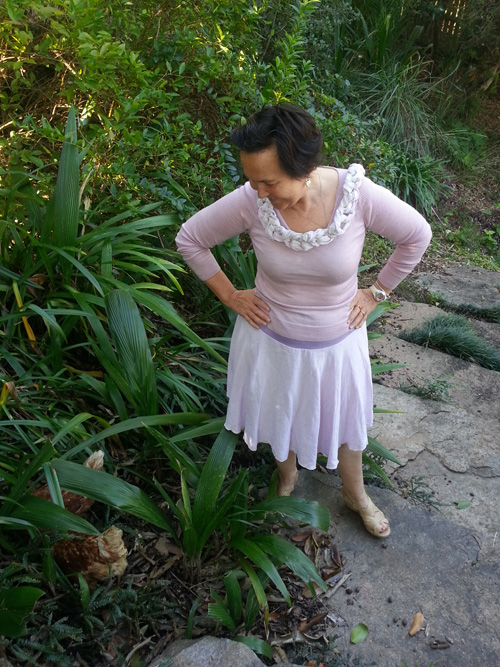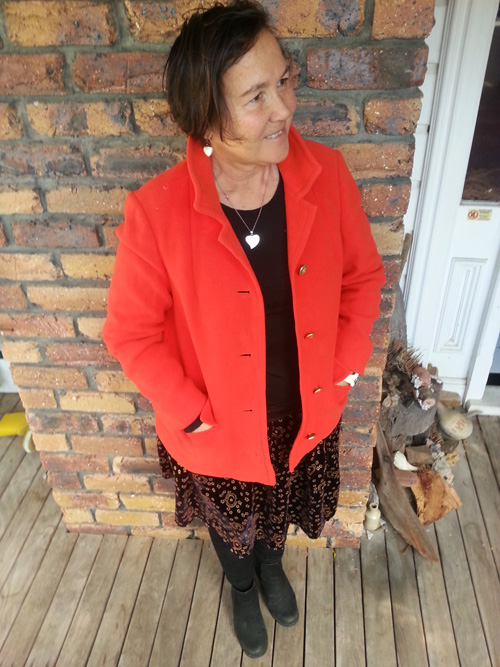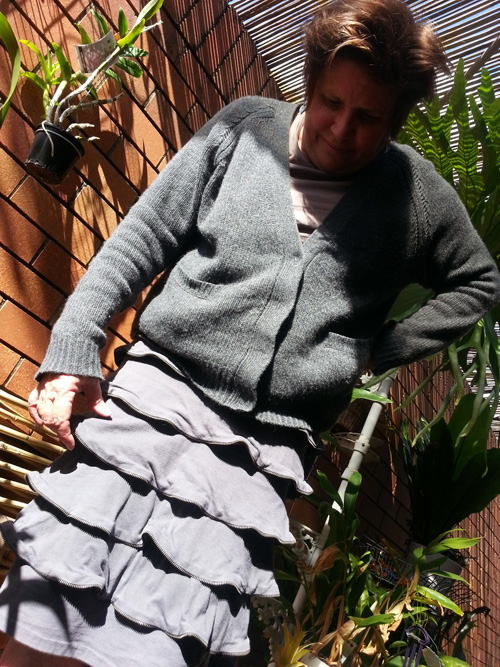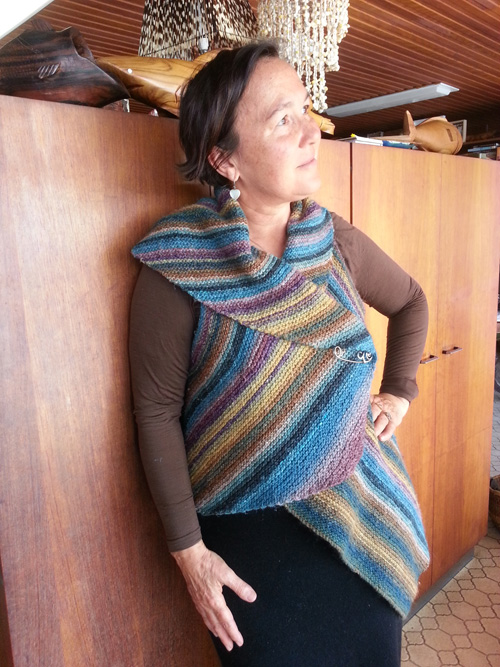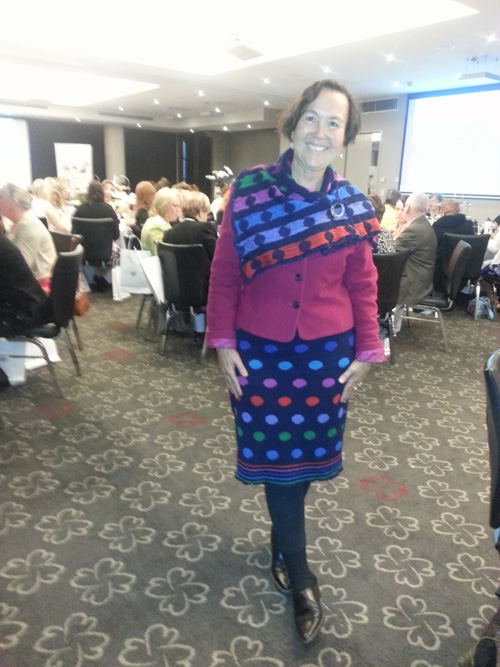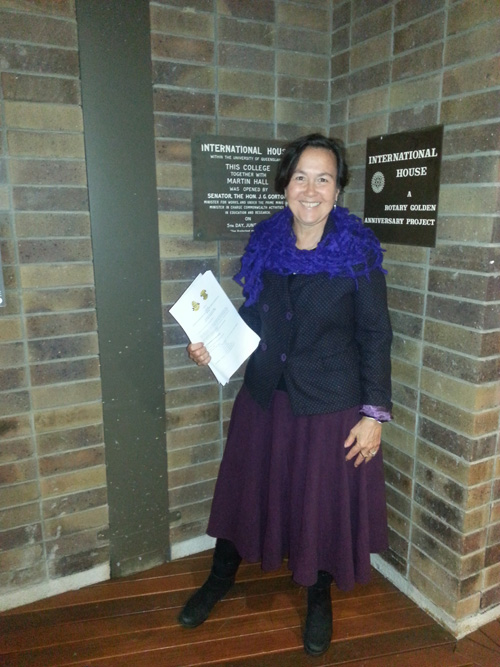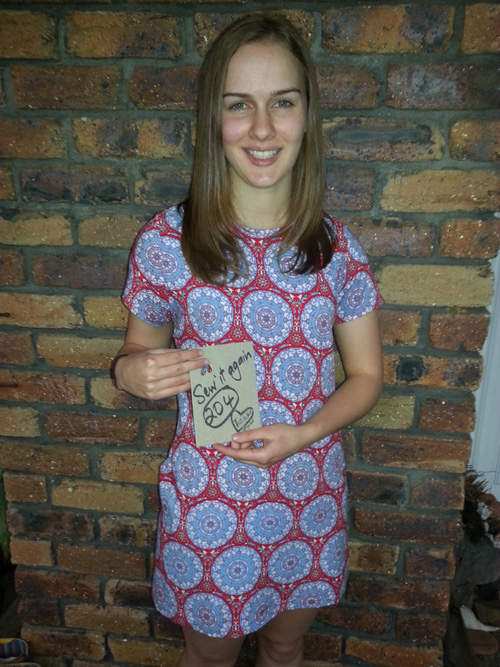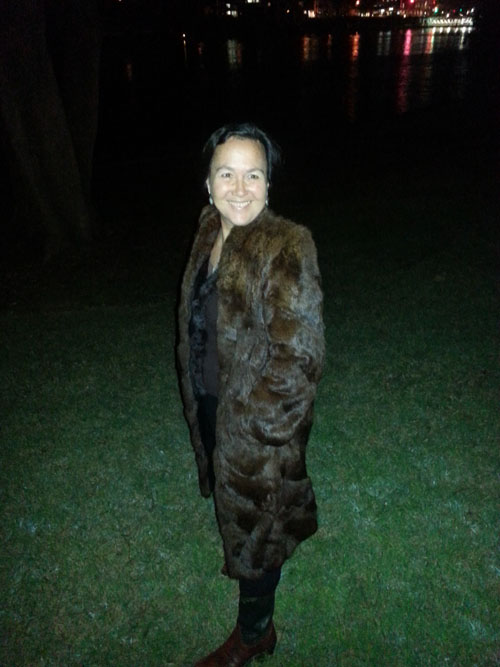 I remember seeing Fur is Green advertisements when visiting Canada and the United States in 2009 and thinking it was clever marketing. The Fur Council of Canada campaign maintains that fur is a natural, renewable and sustainable resource. It claims synthetics, by contrast, are generally made from petroleum (a non-renewable resource), which is not consistent with the sustainable use of our environment.
I remember seeing Fur is Green advertisements when visiting Canada and the United States in 2009 and thinking it was clever marketing. The Fur Council of Canada campaign maintains that fur is a natural, renewable and sustainable resource. It claims synthetics, by contrast, are generally made from petroleum (a non-renewable resource), which is not consistent with the sustainable use of our environment.
The campaign website said: At a time when the true ecological cost of “cheap”, mass-produced, disposable “fast-fashion” is just beginning to be calculated – think millions of tons of poor-quality fibers and short-life garments filling up landfills – the naturally durable and recyclable qualities of fur makes more sense than ever.
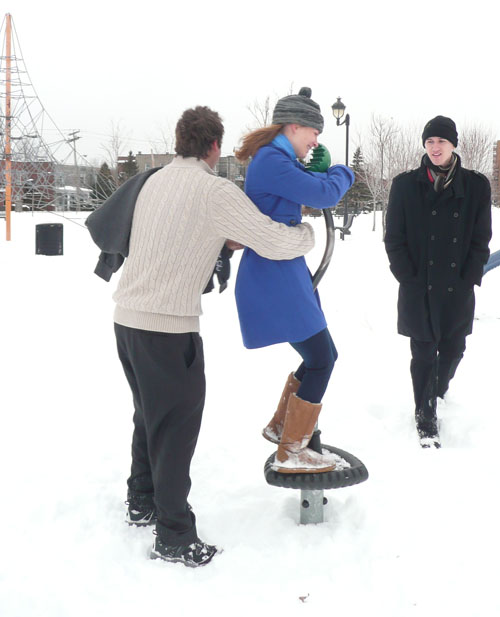 Now that I think about it, perhaps the seeds for this 365-day Sew it Again project were sown back then because this message resonates through my ongoing reuse of natural fibre clothing that already exists instead of buying cheap new synthetic stuff. (BTW, here’s a favourite photo, right, of my lovely children Max, Lily and Casey in Montreal during that 2009 trip to visit Casey while doing part of his engineering degree at McGill University).
Now that I think about it, perhaps the seeds for this 365-day Sew it Again project were sown back then because this message resonates through my ongoing reuse of natural fibre clothing that already exists instead of buying cheap new synthetic stuff. (BTW, here’s a favourite photo, right, of my lovely children Max, Lily and Casey in Montreal during that 2009 trip to visit Casey while doing part of his engineering degree at McGill University).
Anyway, fur fashion is a polarised debate as Leon Kaye explains it in this Triple Pundit article. I am squeamish about animal suffering for people’s pleasure but I grew up on a farm and work in agriculture so I have a pragmatic approach to eating meat and wearing animal products. We have laws to ensure animals are treated humanely and we expect them to be enacted.
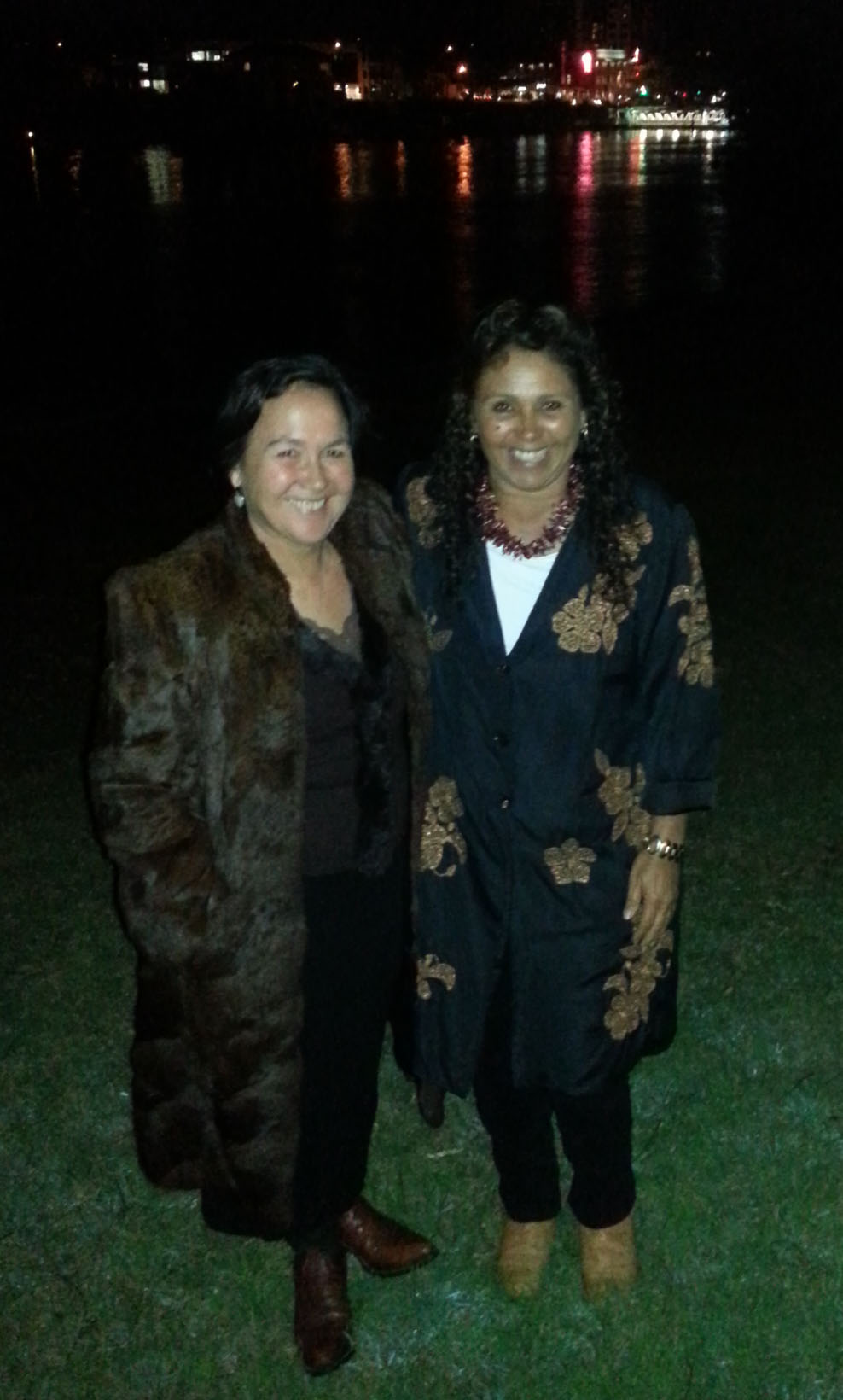 I don’t believe I would go so far as to buy a new fur coat – yet was happy to purchase this vintage fur in a Launceston op shop when I visited Tasmania a few winters ago because it reminded me of a fur coat my great great Aunt Winnie once owned. And it was only $20.
I don’t believe I would go so far as to buy a new fur coat – yet was happy to purchase this vintage fur in a Launceston op shop when I visited Tasmania a few winters ago because it reminded me of a fur coat my great great Aunt Winnie once owned. And it was only $20.
Living in Queensland, we have to guard against pest incursions (silverfish, moths) during summer months because there is nothing more traumatic than seeing a treasure munched. Therefore, I store this fur with bags of cloves in the pockets and in a flat fully-sealed plastic hanging bag. This storage technique may not be ideal but the fur emerged intact to become Sew 253. It does not have a label but the coat is so beautifully constructed, I wondered if the original lining had been replaced. Either way, all I did was fix the hand-stitching on one section where the lining had come away from the fur and it was good as gold. Here’s me in Sew 253, after book club at my dear friend Kay’s, on the banks of the Brisbane River my Australian Rural Leadership Program buddy Keelen Mailman wearing Sew 74.
